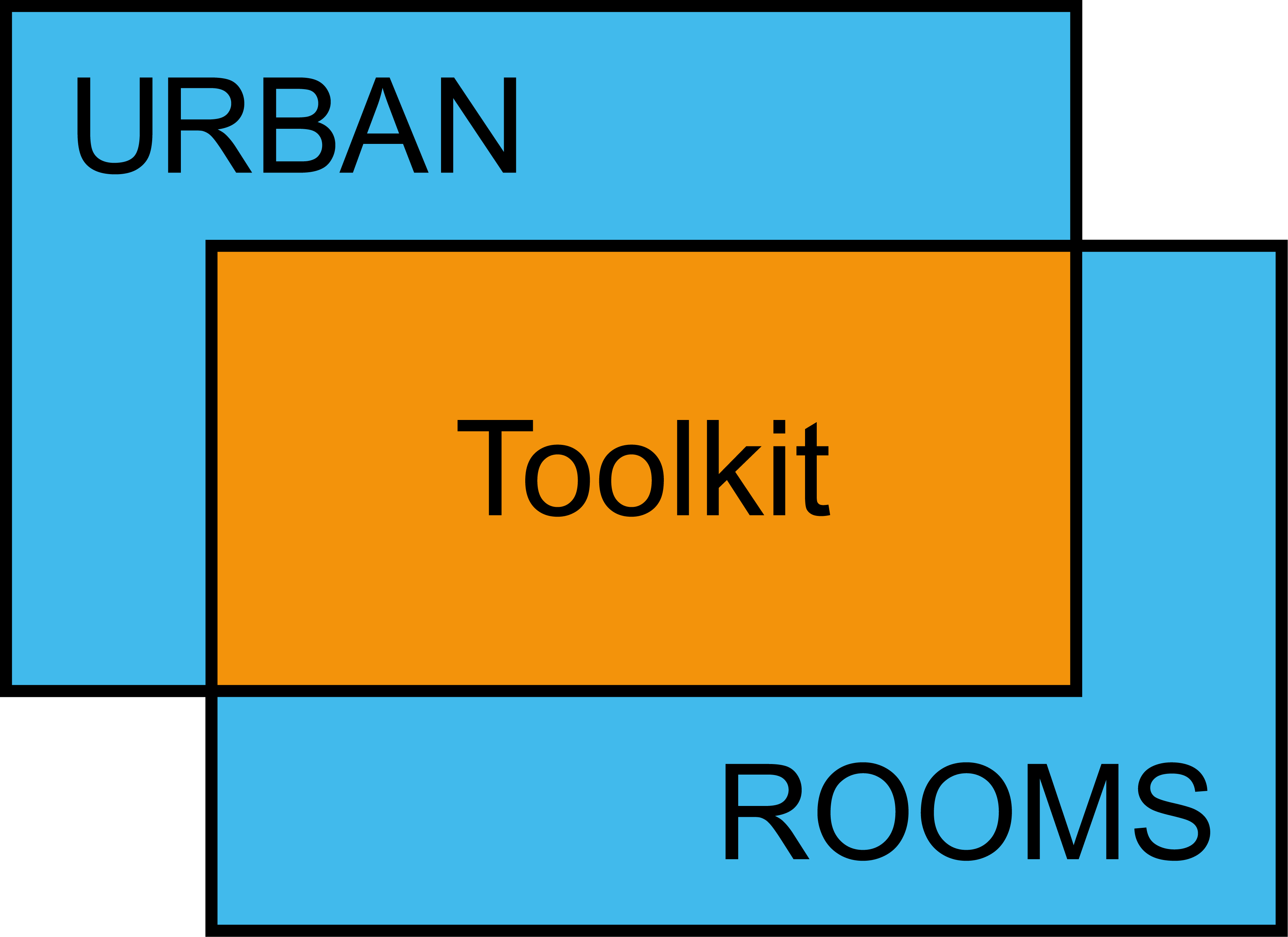


Set-Up
How do we know when to set up an Urban Room?
The timing and duration of an Urban Room needs to be considered carefully, taking into account multiple factors: intended aims, availability of resources, availability of space, time of year, etc. The durational and location-based nature of Urban Rooms distinguish them from other forms of community engagement that focus on placemaking.
Urban Rooms are inherently flexible and so can respond well to the ever-changing nature of the urban environment. A permanent Urban Room can become an established presence in a town centre or on a high street, offering a long-term and regular point-of-contact between the local community and placemaking. Temporary or pop-up Urban Rooms can be more targeted and closely aligned with specific development projects, policy frameworks, festivals or other calendar events.
Some Urban Rooms begin as a pop-up, for example, a temporary occupation of a shopfront or a mobile unit. This is an effective method of piloting the Urban Room methodology without committing to longer- term costs and resourcing. Once tested, documented and evaluated this prototype can serve as a ‘proof-of-concept’ to make the case for longer-term investment in a more permanent Urban Room. Other Urban Rooms have been set-up as a result of previous community engagement identifying a need or desire for an in-situ space to deepen relationships with the place. Utilising these different models of Urban Room can be an effective way to work within the limitations of funding, finite resources and premises availability, to build a more resilient approach to your Urban Room.
The Urban Room approach does require a certain duration, however. It is questionable whether meaningful engagement can happen solely within a single day of activity. Urban Room practice aims to build relationships between communities and their place and this can only happen over time. At the very least Urban Rooms should offer people the opportunity for a return visit, whether it’s the next day or the next week.
The Urban Room model is responsive and agile, with multiple options for type, timescale and duration available to suit the context for engagement.

Shad Thames Walking Tour
Set-Up
How do we know when to set up an Urban Room?
The timing and duration of an Urban Room needs to be considered carefully, taking into account multiple factors: intended aims, availability of resources, availability of space, time of year, etc. The durational and location-based nature of Urban Rooms distinguish them from other forms of community engagement that focus on placemaking.
Urban Rooms are inherently flexible and so can respond well to the ever-changing nature of the urban environment. A permanent Urban Room can become an established presence in a town centre or on a high street, offering a long-term and regular point-of-contact between the local community and placemaking. Temporary or pop-up Urban Rooms can be more targeted and closely aligned with specific development projects, policy frameworks, festivals or other calendar events.
Some Urban Rooms begin as a pop-up, for example, a temporary occupation of a shopfront or a mobile unit. This is an effective method of piloting the Urban Room methodology without committing to longer- term costs and resourcing. Once tested, documented and evaluated this prototype can serve as a ‘proof-of-concept’ to make the case for longer-term investment in a more permanent Urban Room. Other Urban Rooms have been set-up as a result of previous community engagement identifying a need or desire for an in-situ space to deepen relationships with the place. Utilising these different models of Urban Room can be an effective way to work within the limitations of funding, finite resources and premises availability, to build a more resilient approach to your Urban Room.
The Urban Room approach does require a certain duration, however. It is questionable whether meaningful engagement can happen solely within a single day of activity. Urban Room practice aims to build relationships between communities and their place and this can only happen over time. At the very least Urban Rooms should offer people the opportunity for a return visit, whether it’s the next day or the next week.
The Urban Room model is responsive and agile, with multiple options for type, timescale and duration available to suit the context for engagement.

Shad Thames Walking Tour
